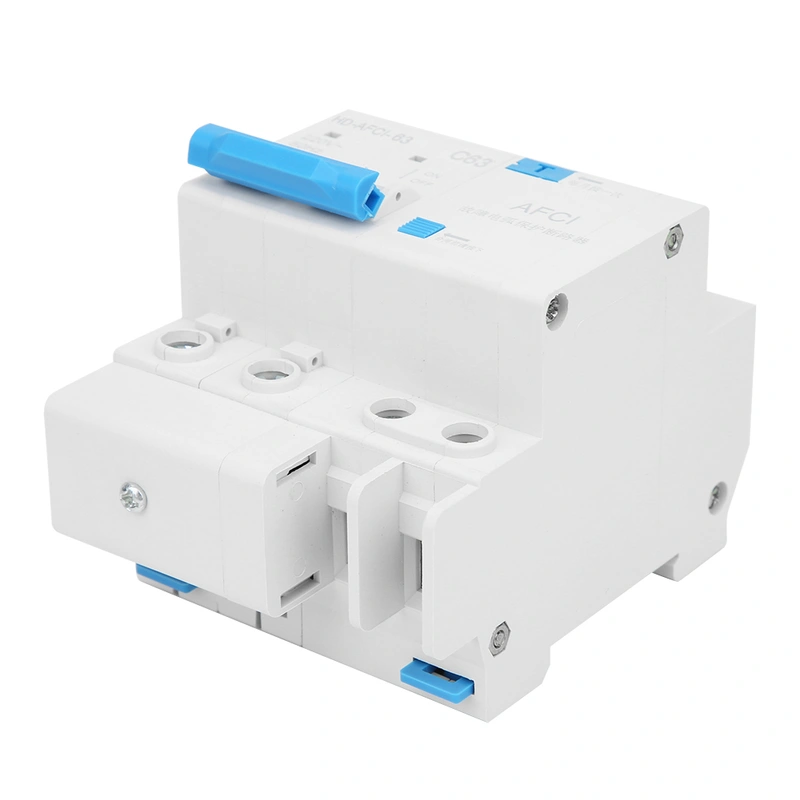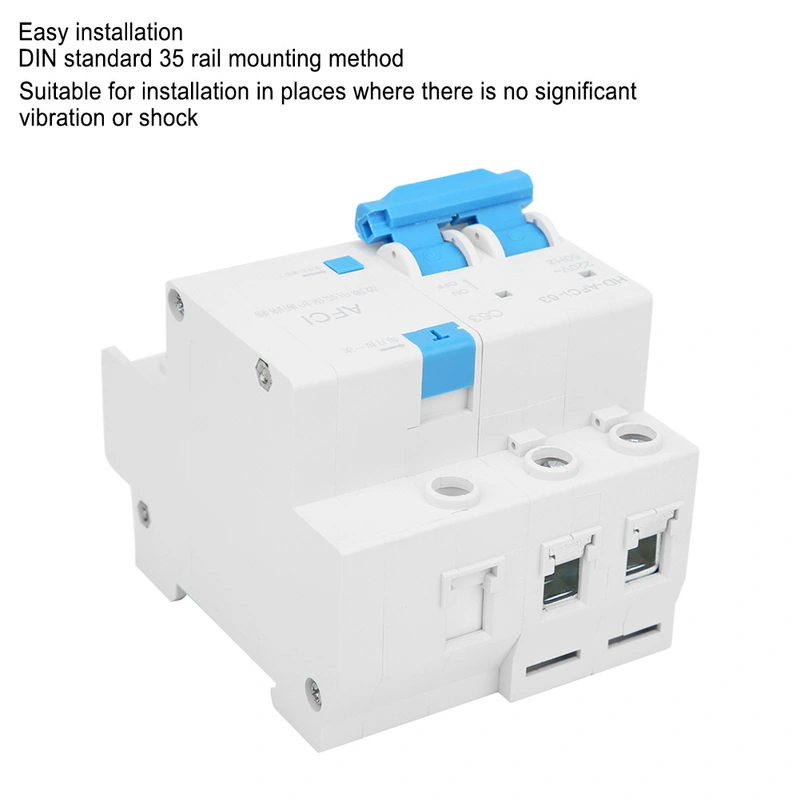















Hover over image to zoom in
Brand:
generic2P Arc Fault Circuit Breaker Miniature Household Current Limiting Electric Leakage Protector63A
About this item
Fault arc protection circuit breaker uses electronic technology to identify arc state.
Fault arc detection is a key part of arc fault protection.
Working with the characteristics of light, heat, sound and electromagnetic of arc discharge.
High degree of protection, suitable for changing environments.
Suitable for installation in places where there is no significant vibration or shock.
Simple installation, DIN standard 35 rail mounting.
Unit size:
1 piece
Number of packs in one carton:
1
Min. Order Quantity:
1 piece
Stock location:
الصين
Estimated Lead Time (business days)
7 Days
International delivery:
Available shipping options, costs and estimated shipping times will be shown during checkout.
Carton dimensions (LWH):
11 cm x 9 cm x 9 cm
Carton weight:
280 g
Quantity (piece)
Minimum order quantity is 1 piece
Min. Order Quantity:1 piece
Shipping & Returns
Overview
Product description
Item Type: Arc Fault Circuit Breaker
Number Of Poles: 2P
Rated Frequency F (Hz): 50
Rated Operating Voltage Ue (VAC): 230
Rated Current In(A): 32A, 63A (optional)
Rated Short-Circuit Breaking Capacity Icn(KA): 6
Outlet Characteristics: C, D
Minimum String Arc And Parallel Arc Current (A): String Arc: 5; Parallel Arc: 75
Electrostatic Discharge Immunity (KA): Air Discharge > 8; Contact Discharge > 6
Protection Level: IP20
Wiring Capacity (mm²): 1-25
Operating Environment (°C): -25~+55
Resistance To Heat And Humidity: 2 Types
Altitude (M): ≤ 2000
Pollution Degree: 2
Installation Environment: No Significant Vibration and Impact
Installation Category: Level III
Installation Method: DIN Standard 35 Rail
The main arc detection and fault identification methods:
1. According to the characteristics of the arc waveform;
2. According to the high frequency energy mutation of the arc;
3. Using high frequency wavelet transform;
4. Using a Fourier transform;
5. Using time-frequency analysis;
6. Use high frequency signal comparison;
7. Use arc wavelength switching.